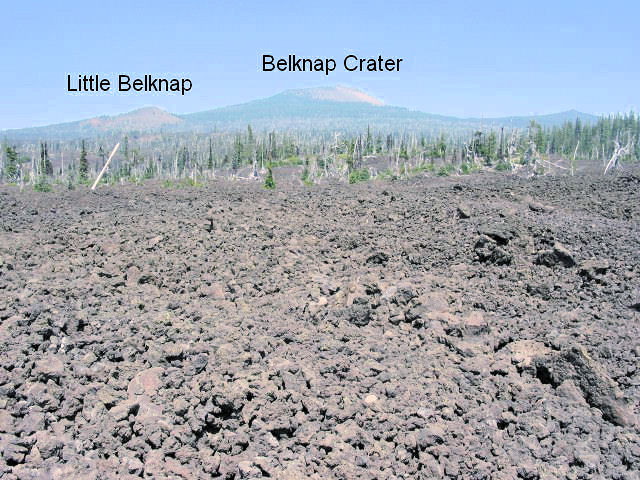
|
Dee Wright Observatory, Oregon
12. Little Belknap and Belknap Craters
Focal point of a long-continued and complex episode of Holocene basalt and
basaltic andesite volcanism. The broad shield which fills the northwest view is
5 miles in diameter; it is estimated to be 1,700 feet in maximum thickness and
1.3 cubic miles in volume. The volcano probably contains a core of cinders
which interfingers with peripheral lavas and whose surface expression is the
summit cone. Basaltic andesite issued from vents at the north and south bases
of the cone approximately 1,500 years ago. Lava poured 12 miles to the west and
ash was ejected from the northernmost of two summit craters. The main bulk of
Belknap ash, which has been traced over an area exceeding 100 square miles, was
ejected earlier from a larger south crater. Still earlier lavas were basaltic
and moved eastward 7 miles from their vents.
Return to Dee Observatory Page 2 |